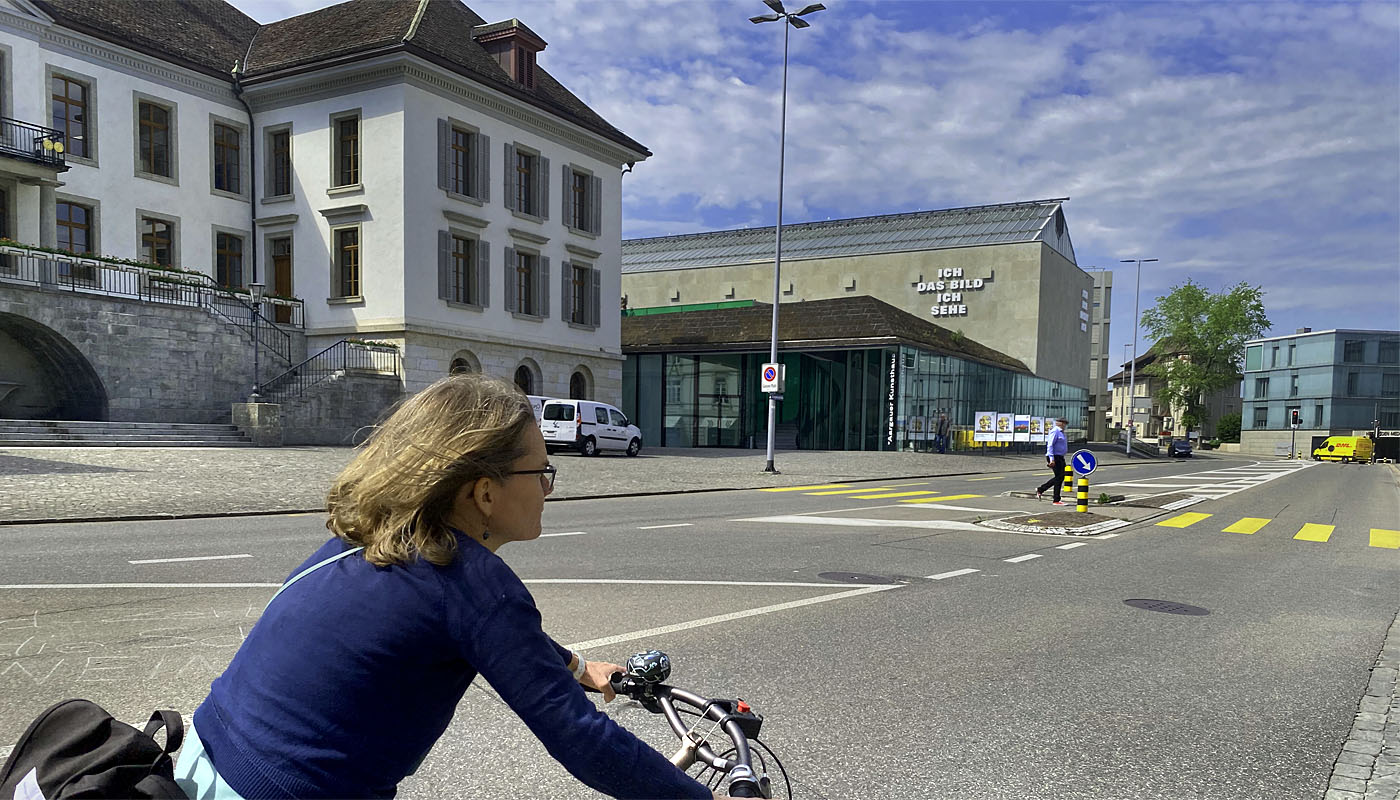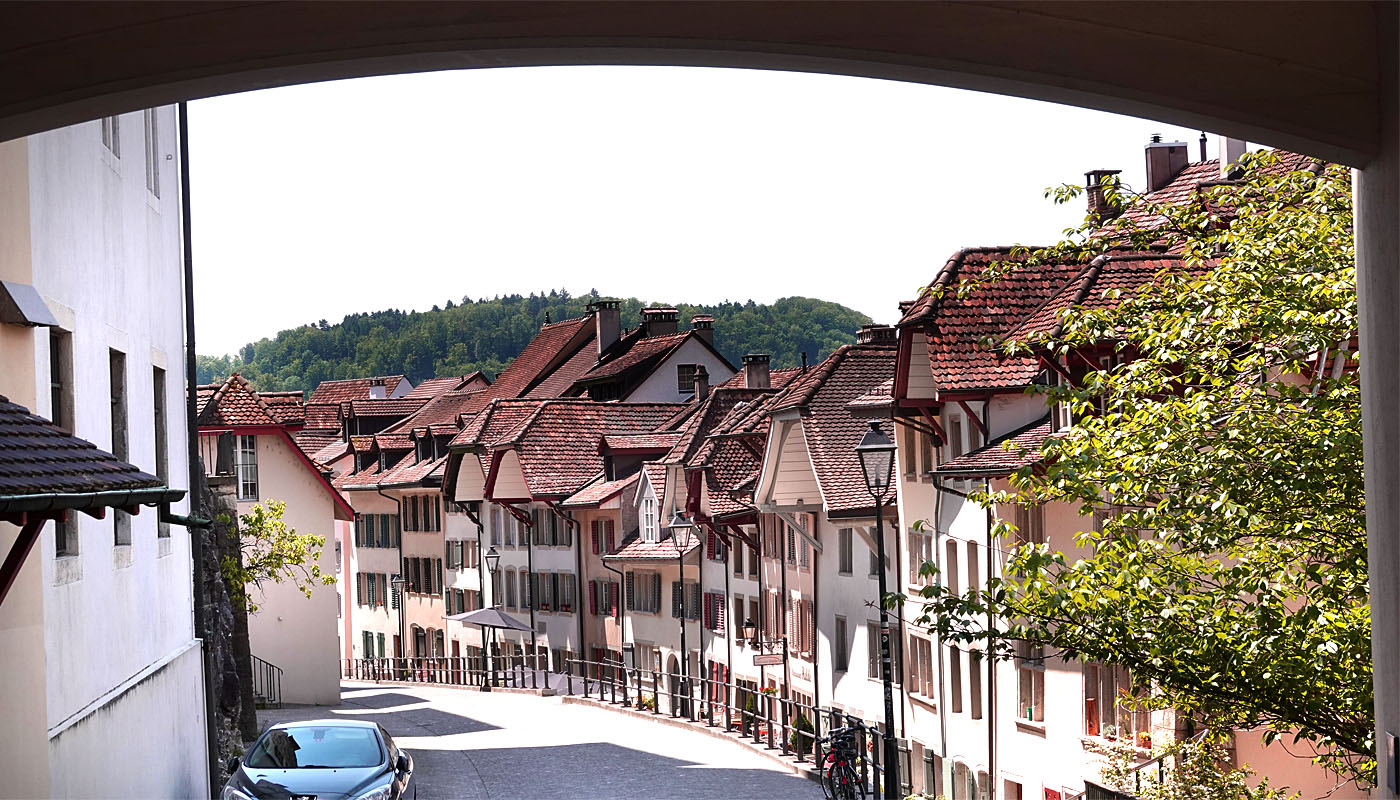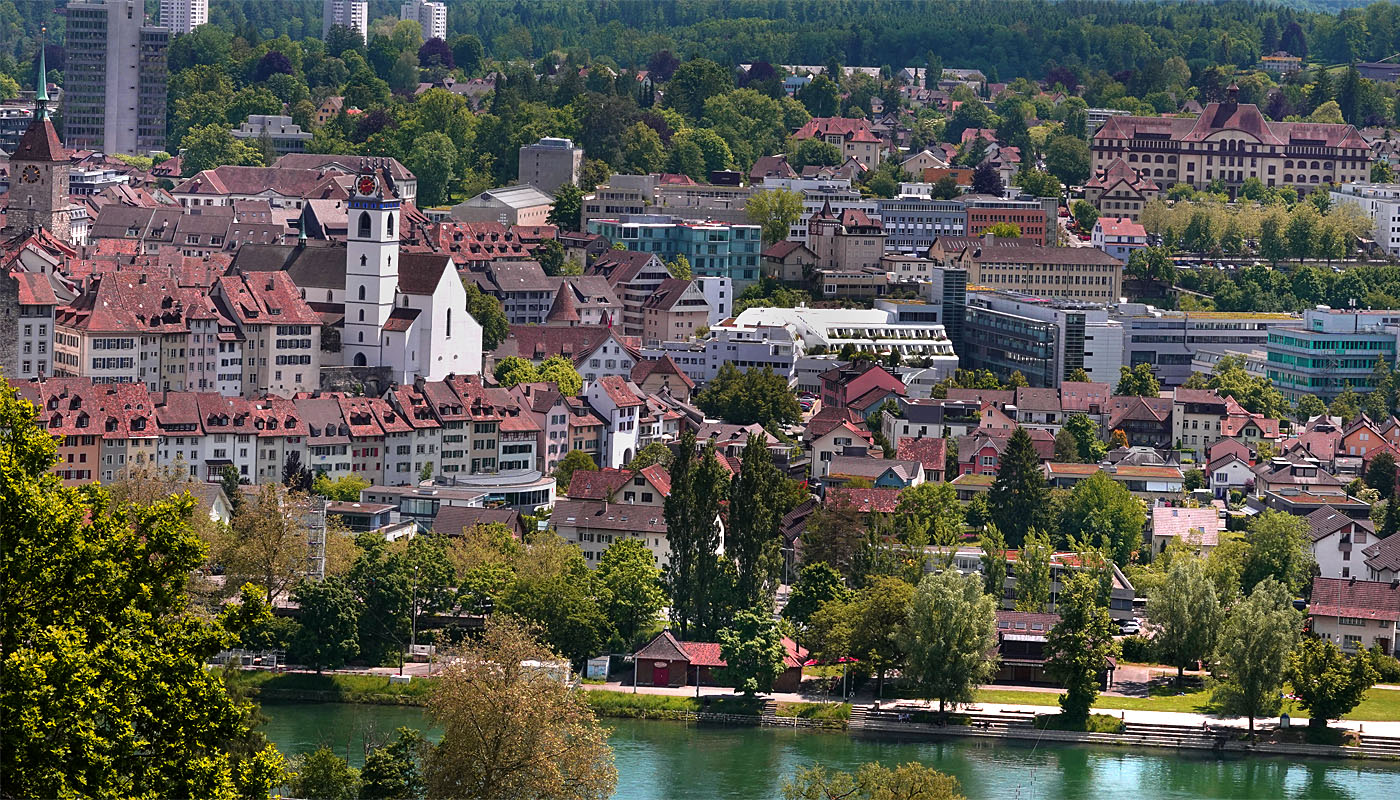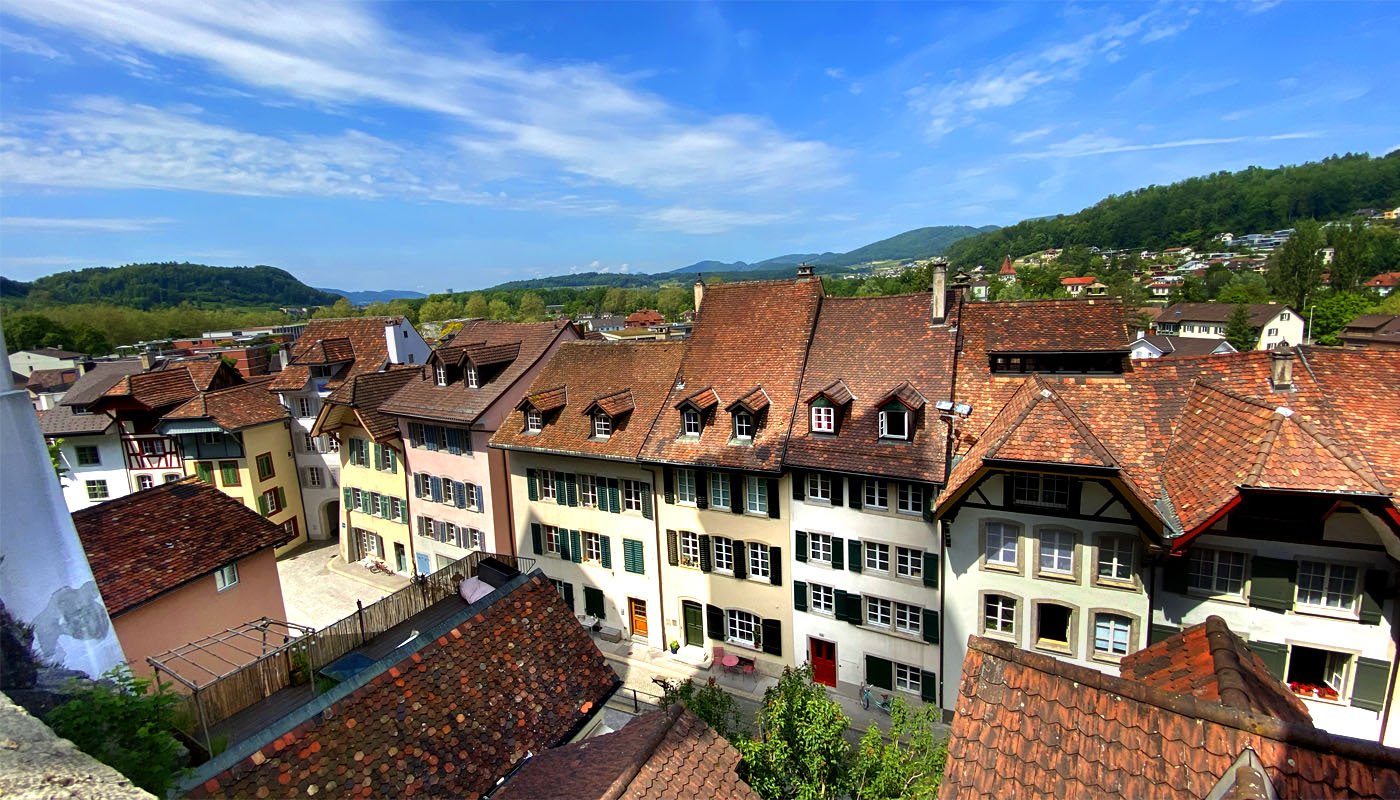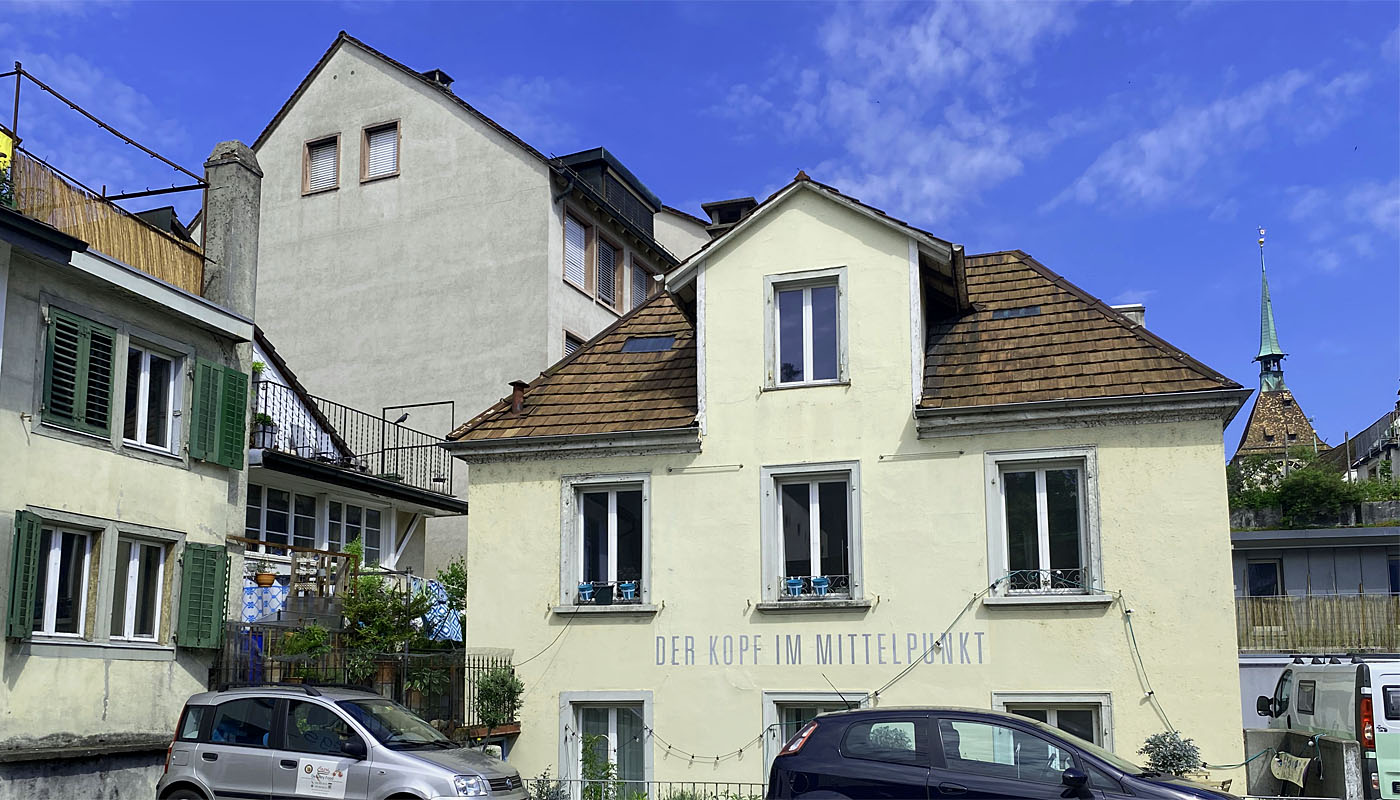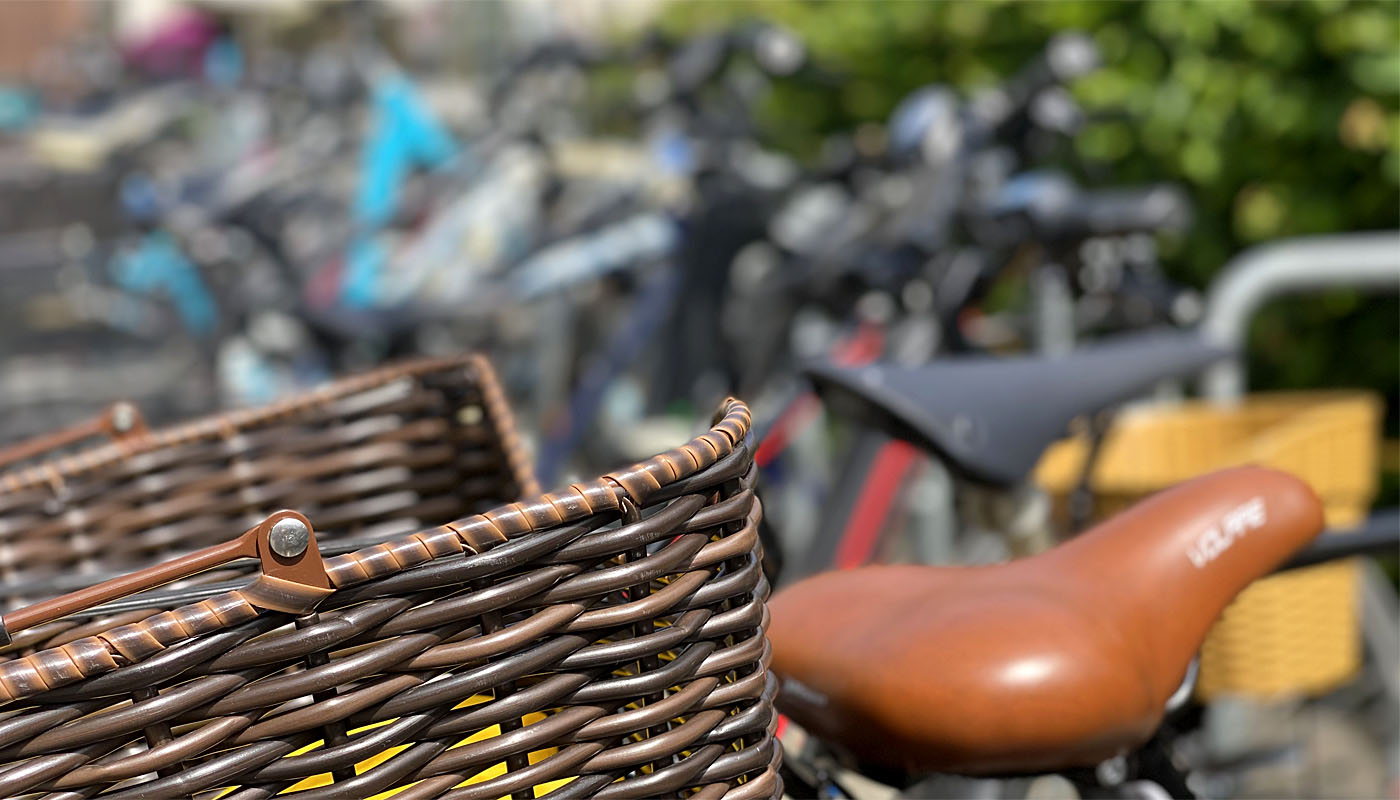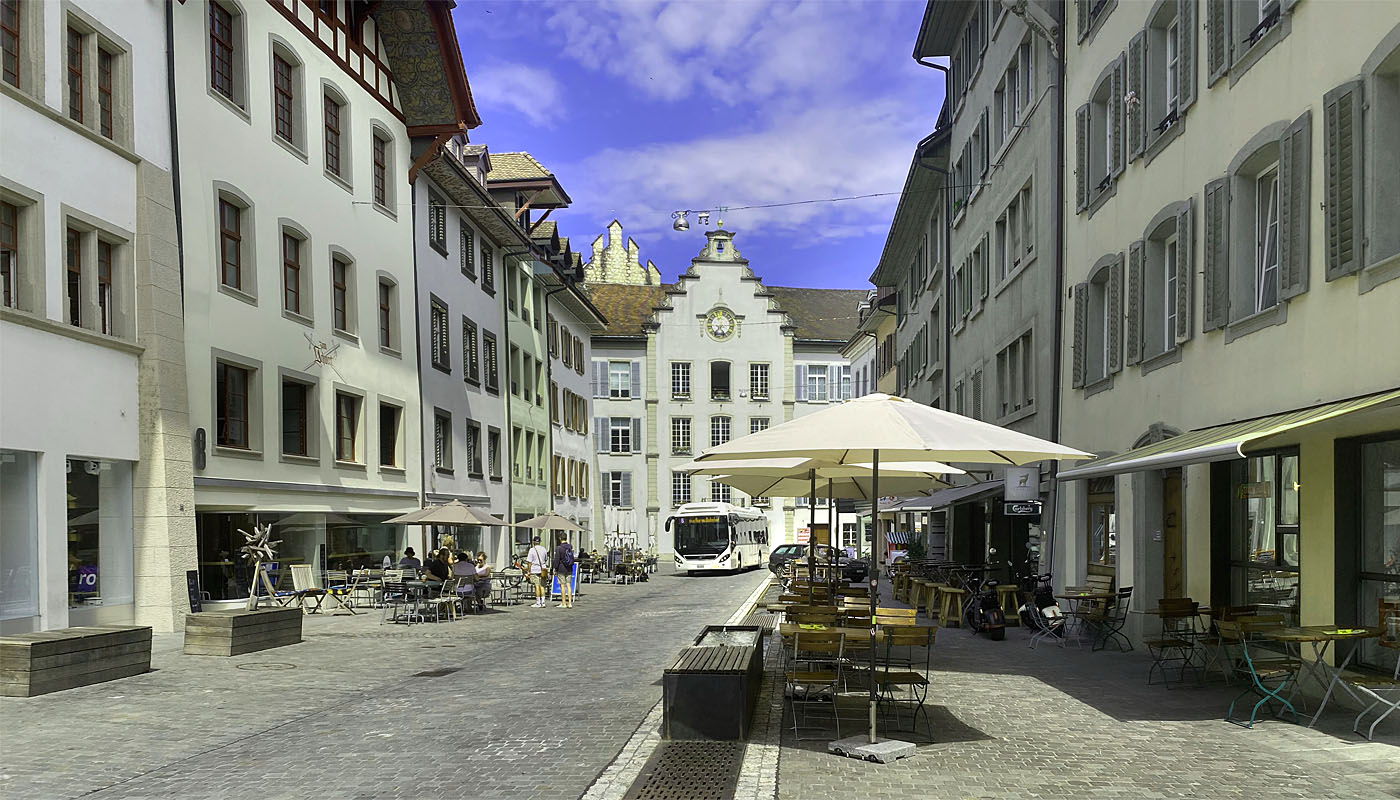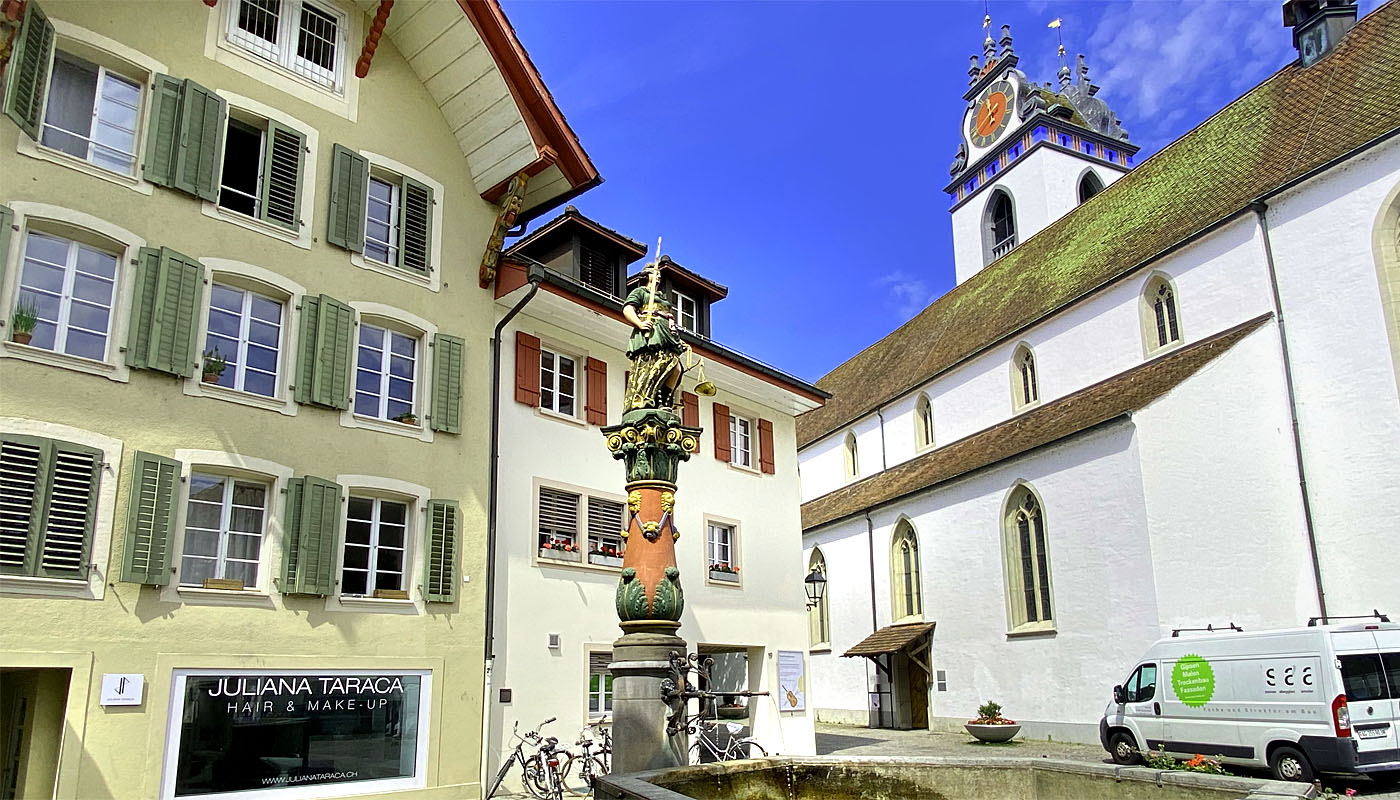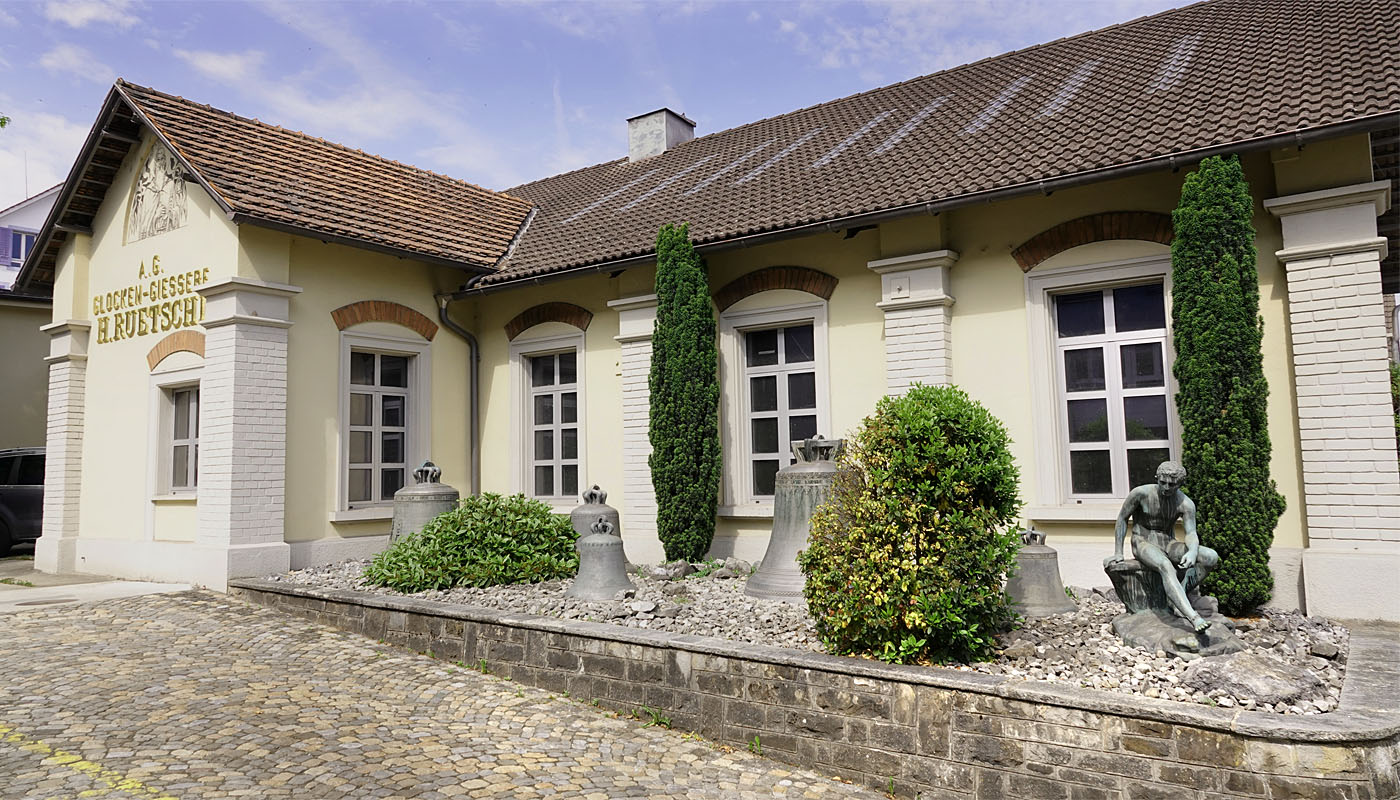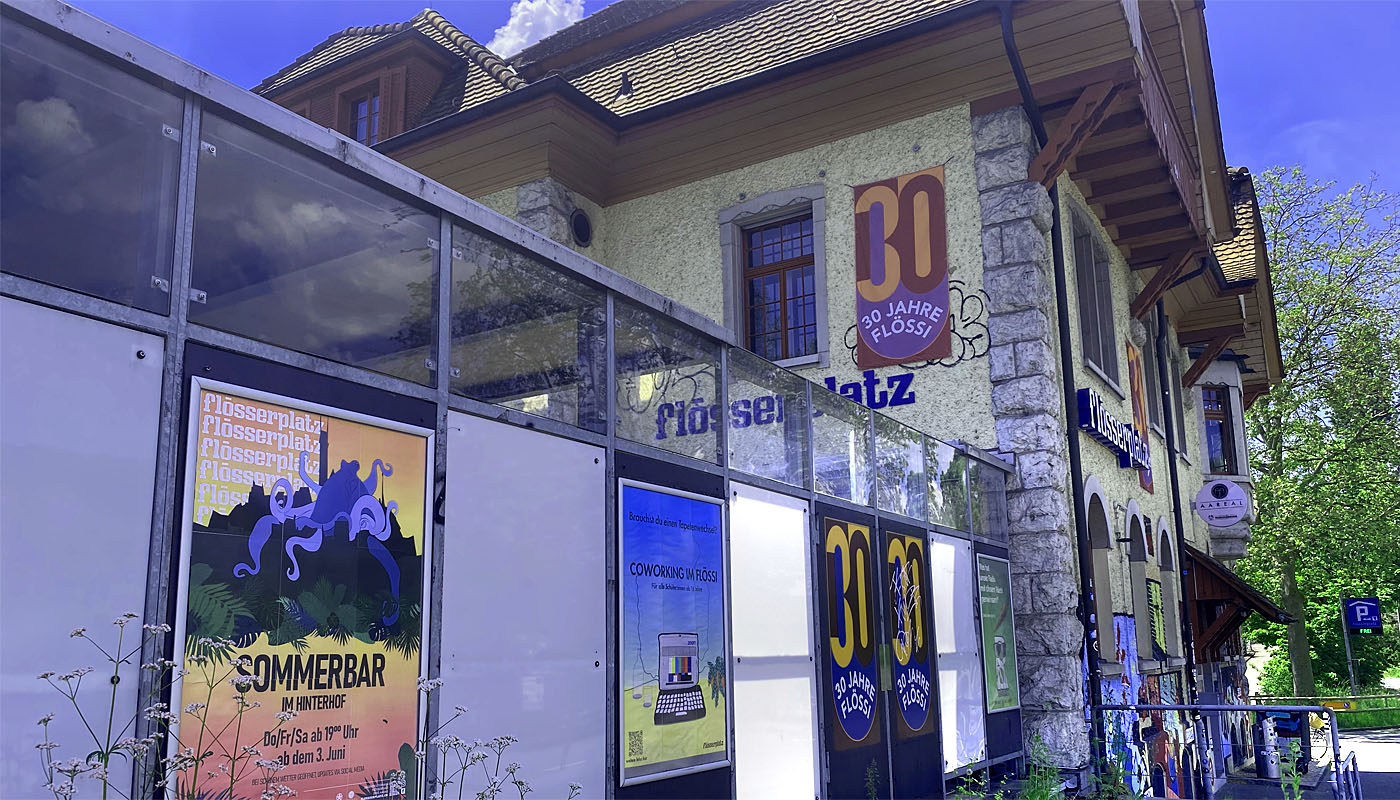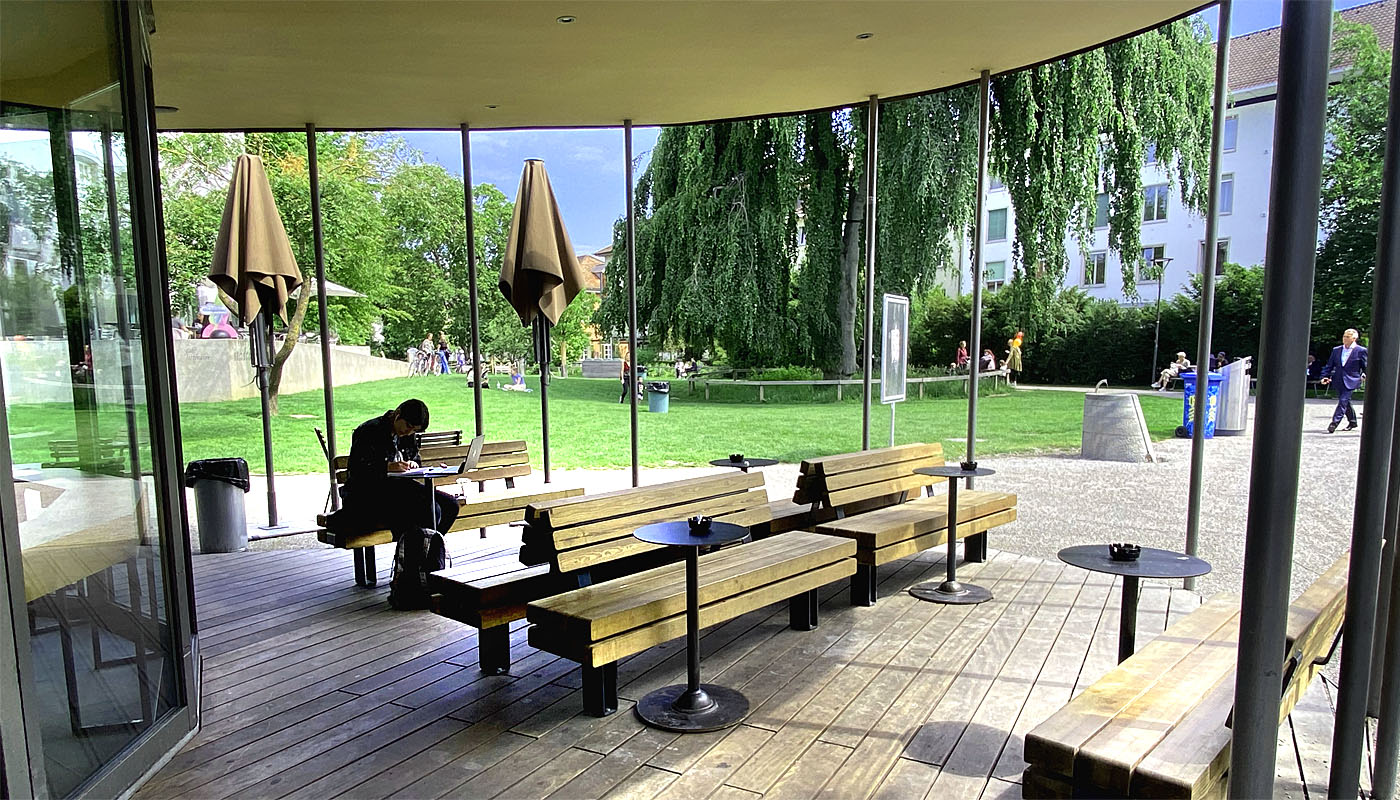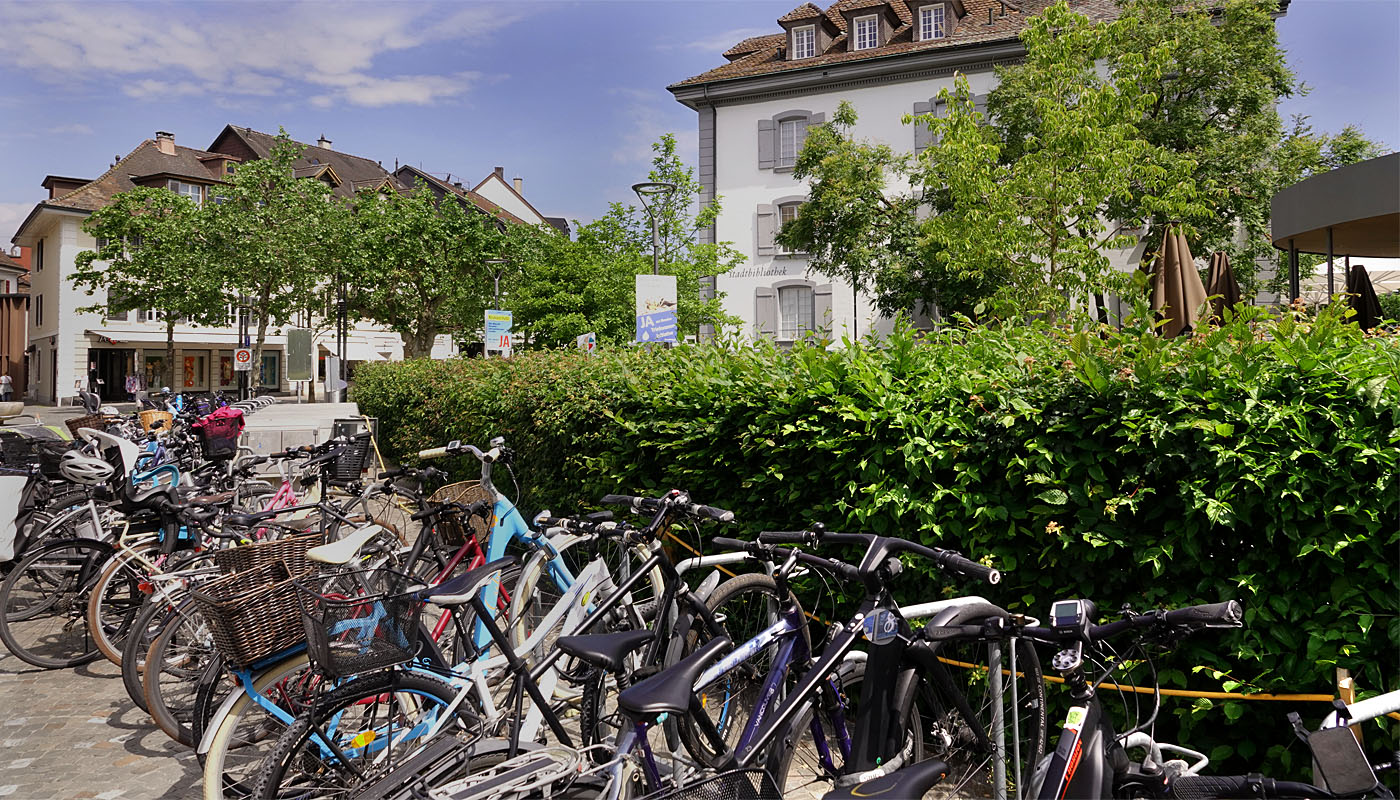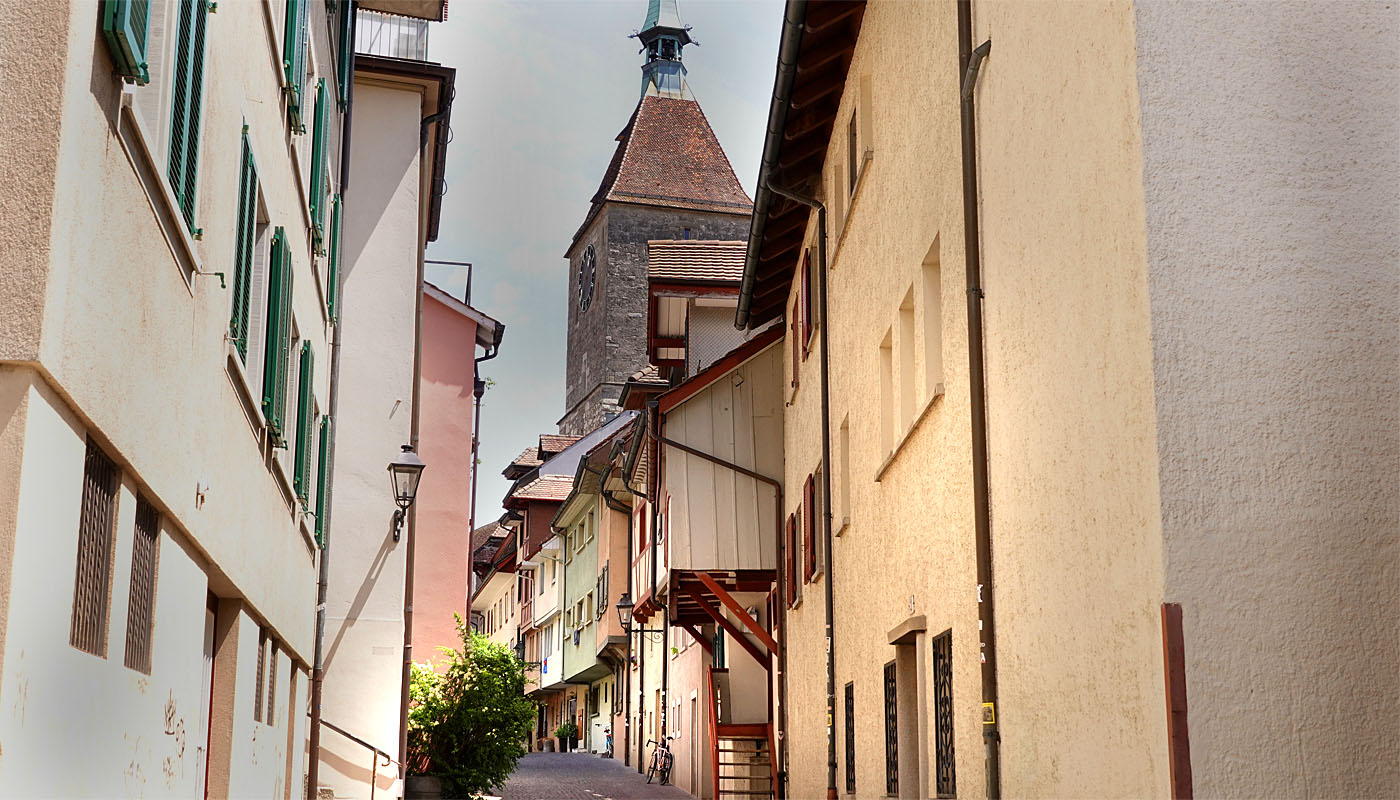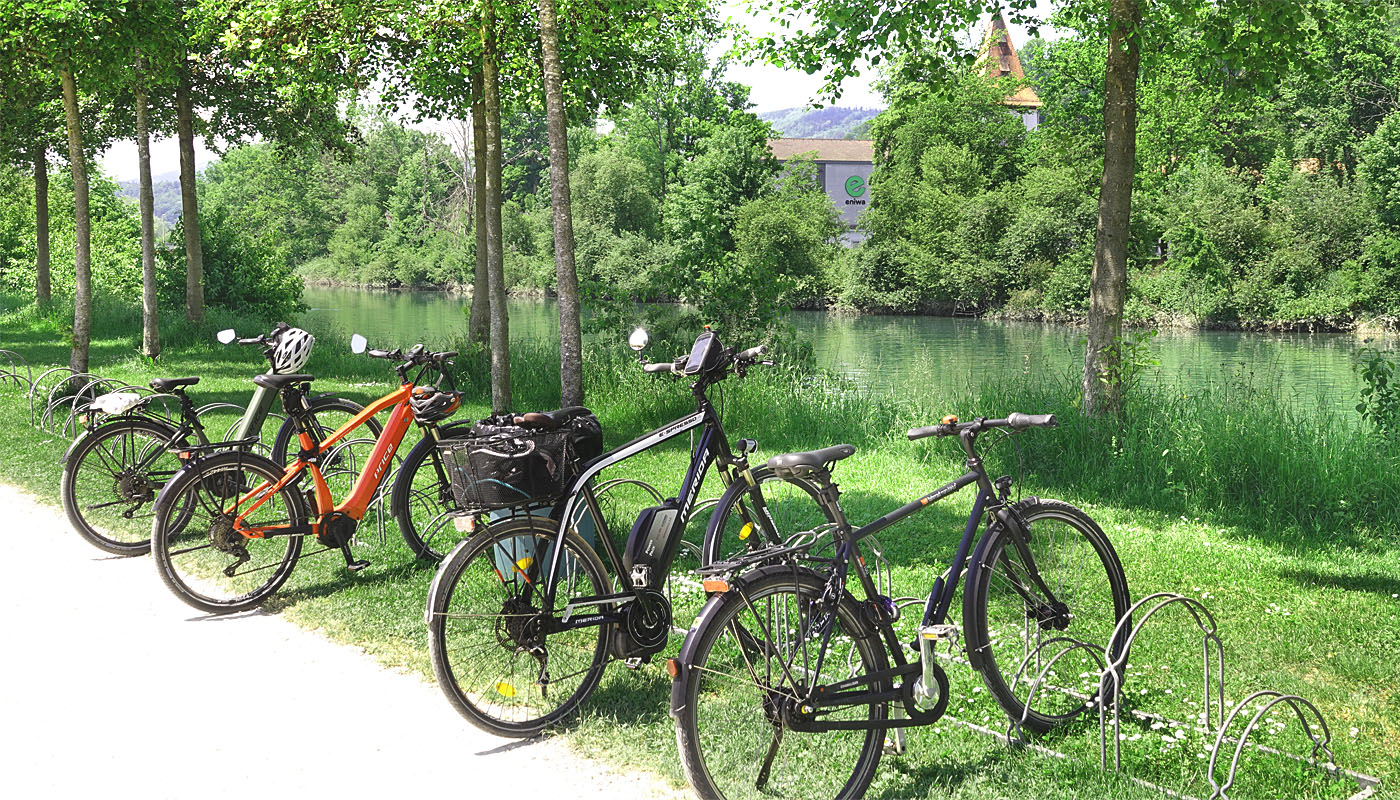Schulen Aarau: Information about education in Aarau

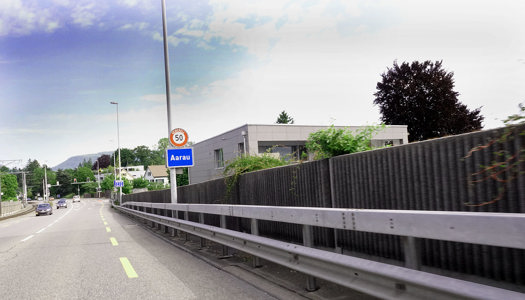
1. where is Aarau located?
Aarau is the main town in the canton of Aargau and lies on the right bank of the River Aare, 385 meters above sea level. The town lies on the northern edge of the Swiss Plateau, at the transition to the Jura mountains and borders on the canton of Solothurn. It lies between Basel (49 km as the crow flies in a south-easterly direction) and Zurich (38 km to the west). This makes it easy to get from the Baden, Olten and Oftringen regions to the schools in Aarau, which offer a wide range of future-oriented educational opportunities. The urban capital of the canton is an interesting business location with a wide range of cultural and leisure activities. Since it was founded in 1248, the city has a rich history as the first capital of Switzerland. The Aare flows through Aarau from west to east and forms the border between different landscapes, which are connected by the Chain Bridge. Schacheninsel and Zurlinden Insel are located in the river. A few schools in Aarau are located north of the Kettenbrücke.
2. how big is Aarau?
Aarau has a population of over 21,000 and is the center of a multifaceted region. The diverse, lively town offers the highest quality of life for young and old on 1234 hectares and the urban area is heavily wooded. Aarau also offers a large number of jobs in relation to its population. The central economic location in the Bern-Basel-Zurich-Lucerne triangle, which was characterized by the textile industry from the early 18th century, offers a good infrastructure for large companies such as Rockwell Automation, AZ Medien Verlag, Swissgrid and Hirslanden Klinik, as well as other schools in Aarau.
3. how can I travel to schools in Aarau by public transport?
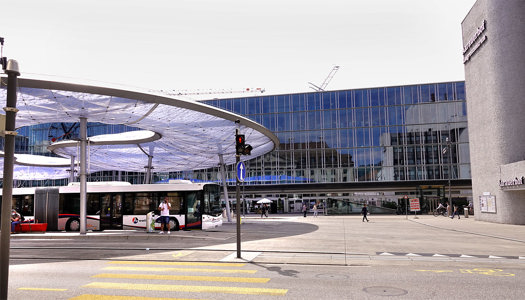
reachable
Aarau is an important public transport hub. As early as 1856, the Swiss Central Railway opened a railroad line from Aarau via Olten to Emmenbrücke. This was followed by the Schweizer Nordostbahn line from Aarau to Brugg. Aarau station, which was rebuilt in 2010, is still an important stop on the main east-west line between Zurich and Bern. This means you can easily reach the schools in Aarau by train. Express trains run directly from Zurich, Bern, Basel and Geneva to the station and the schools. There is also a regional line from the station via Lenzburg to Rotkreuz, suburban trains to Menziken and Schöpftland and Postbus lines over the Jura heights to Frick, over the Benkerjoch or over the Staffelegg. In addition, three cycle paths intersect in Aarau and the town has a dense network of cycle paths. Centrally located schools in Aarau can also be easily reached on foot from the train station.
4 How do I get to my school in Aarau by private transportation?
Aarau is an important transportation hub. Two highway junctions, Aarau-Ost and Aarau-West, lead to the A1 - the most important highway in Switzerland. However, the town is also the intersection of several important main roads, such as from Lausanne to Koblenz, Aarau to Kirchberg and Frick to Sursee. Thanks to the eastern bypass and the Küttigen bypass, the center is largely free of through traffic. Thanks to the good transport links, prospective students from Olten, Oftringen, Zofingen, Reinach, wohlen and the Jura can reach the "Schulen Aarau" quickly and easily. The city also offers many parking garages as well as public and private parking spaces for those staying at the schools in Aarau.
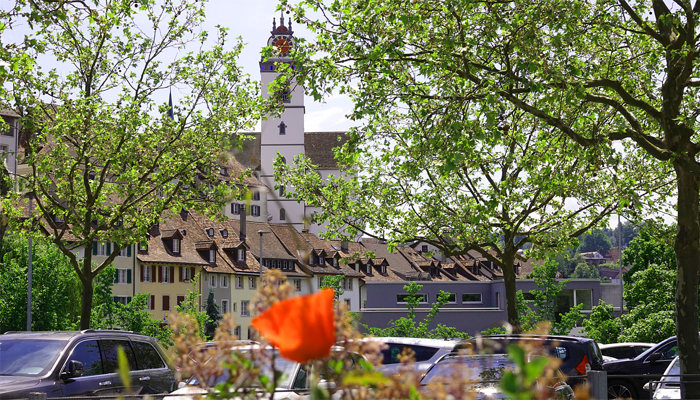
5 "Schools Aarau": What does the training location offer?
In addition to primary, secondary and district schools, Aarau is also home to a special education school, music school, cantonal schools, vocational school, graphic design school, adult education center, baccalaureate school for adults, Universities of Applied Sciences such as the University of Art and Design, University of Teacher Education, Theological-Diaconal Seminary and College for Health Professions, private schools, the interdisciplinary institute of the University of Zurich and adult education facilities. The wide range of schools in Aarau makes the town an important educational location with a national reputation.
6. catering services
Over 200 restaurants, cafés and bars in Aarau invite you to eat, meet, relax and enjoy yourself. The gastronomy offers places with a traditional or modern ambience as well as exclusive, trendy, cozy or alternative flair. The diverse gastronomic experiences range from Asian snacks to crêperies in true French style, lively bars and Gault Millau restaurants. So you are well catered for before, during and after your visit to schools in Aarau. Stores near Aarau train station also offer everyday products from early in the morning until late at night. Be sure to try the typical Aarau "Bachfisch" - an airy sweet pastry in the shape of a fish, suitable for the Bachfischet event - as well as carrot specialties such as carrot bread or carrot cake and Brändli Bombe with fine marzipan. Aarau generally offers good bakeries and pastry shops. So visitors to schools in Aarau can always fortify themselves with sweets and pastries.
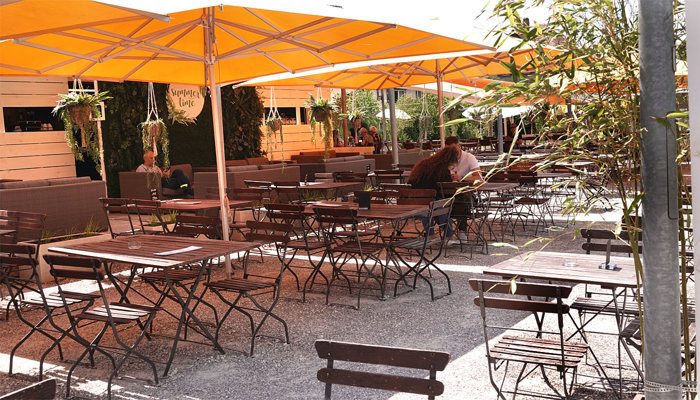
7 What can be experienced after school at schools in Aarau?
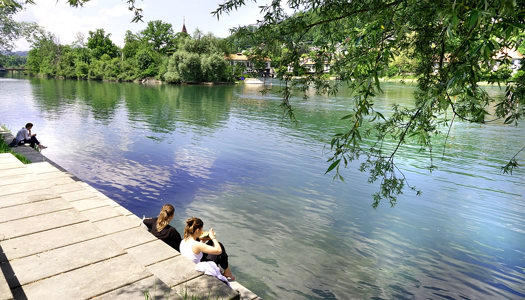
you can enjoy numerous entertainment offers
After spending time at the schools in Aarau, stroll through the historic streets of the old town with its baroque gabled houses and rows of late Gothic buildings. There are also traditional markets such as the Rüeblimärt with 140 lovingly decorated stalls and blues and rock bands play in various restaurants in the old town. Worth seeing in the Old Town are the Obertorturm, the Haus zum Schlossgarten, the Haldentor and the Alte Mühle. The area outside the city walls is also worth exploring before or after your visit to schools in Aarau. Visit the city museum, the Aargauer Kunsthaus, the Meyerstollen, the Glockengiesserei or the Naturama. There are numerous parks and green spaces where you can relax between or after lessons. The picturesque promenade along the Aare invites you to stroll, linger, jog and cycle. Aarau also offers a diverse sports and leisure infrastructure consisting of various sports clubs and associations. This brings movement into days at schools in Aarau, which are mostly spent sitting down. Recreation can be found in the extensive forests around Aarau or in the Roggenhausen zoo. Culturally, the city offers visitors to schools in Aarau various events such as theater, festivals and concerts. Aarau's most important festival is the children's and youth festival Maienzug, which has a tradition of over 400 years and includes a folk festival on the evening before. The highlight is the school children's parade. Another traditional custom is the "Bachfischet", a procession of "Räbenlicht", a procession of street lights that accompanies the cleaning of the town stream.
